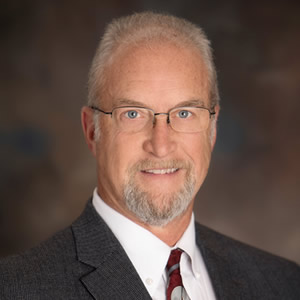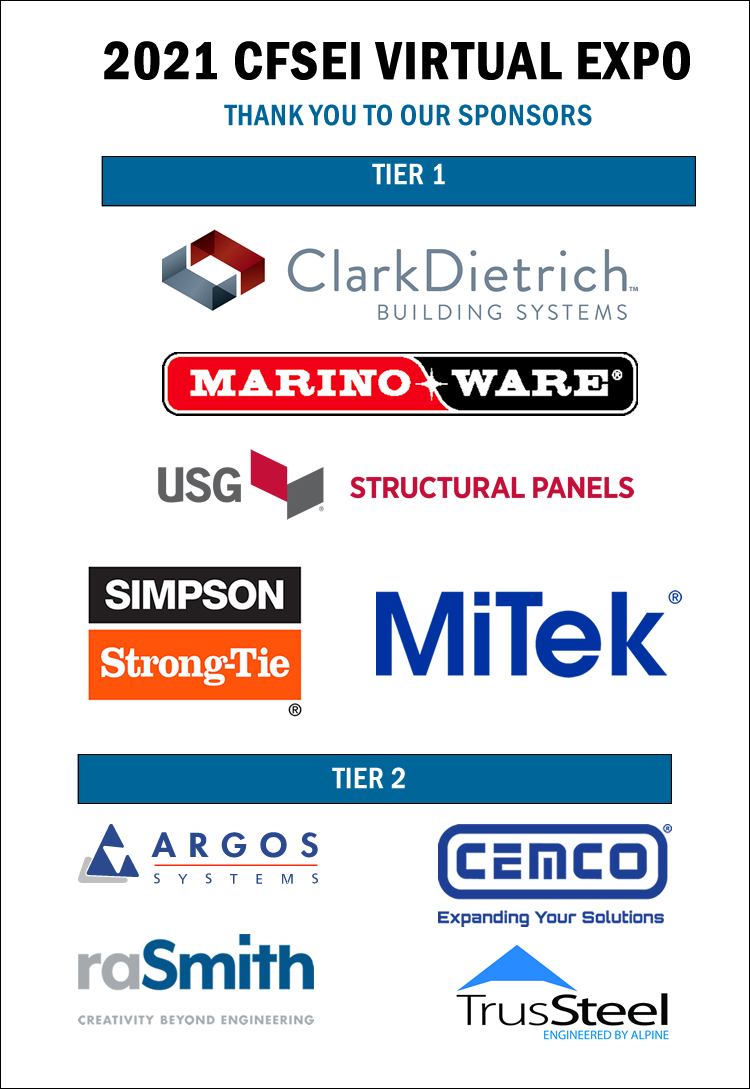
INTERIOR FRAMING AND TRADE COORDINATIONCONTINUING EDUCATION: 1 PDH OUTLINE This presentation deals with aspects of interior cold-formed steel framing – both structural and non-structural– and introduces some of the challenges with trade coordination. The narrative will be from the standpoint of the cold-formed steel (CFS) designer. These issues that will be discussed:
Attendees should come away with an understanding of certain design aspects of both structural and non-structural interior CFS framing. Additionally, they will hear about problems and challenges that can arise when the other trades become involved in close proximity with the CFS framing work. Finally, they will be introduced to the best ways to deal with critical issues that may come up during the construction of their designs. ABOUT THE PRESENTERPatrick W. Ford, P.E.
Patrick W. Ford, P.E. is senior project manager with R.A. Smith, Inc. His experience includes being technical director for the Steel Framing Industry Association (SFIA) and management and engineering design with R.A. Smith and Matsen Ford Design. He has also served as facilities planner for a multinational manufacturing company and as project engineer for a major steel construction products manufacturer. Pat’s experience includes the application of many of the latest technologies and design concepts to load-bearing structures and a wide variety of curtainwall and prefabricated systems. His expertise in engineering systems design includes structural steel, concrete, engineered masonry, wood, and other systems, in addition to cold-formed steel. He is a registered Professional Engineer in 19 states and the District of Columbia. He serves on many technical committees for several professional organizations. He is the author of several technical papers, articles and presentations, and has been featured as a speaker at numerous industry conventions and seminars.
|



